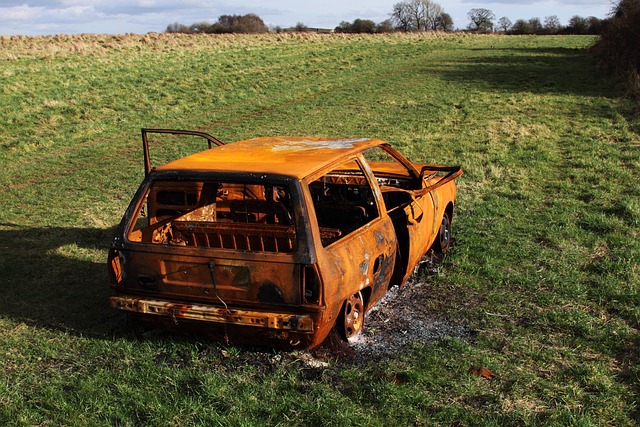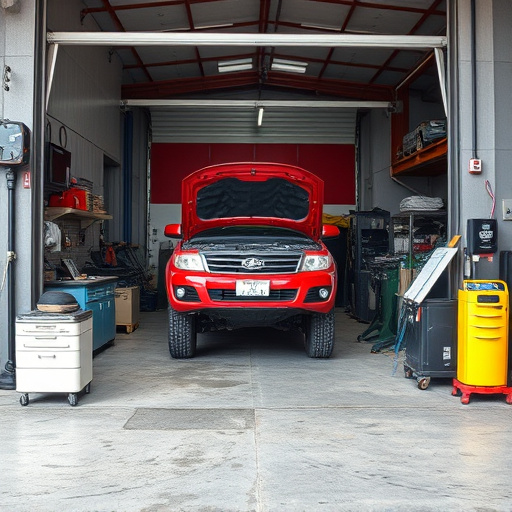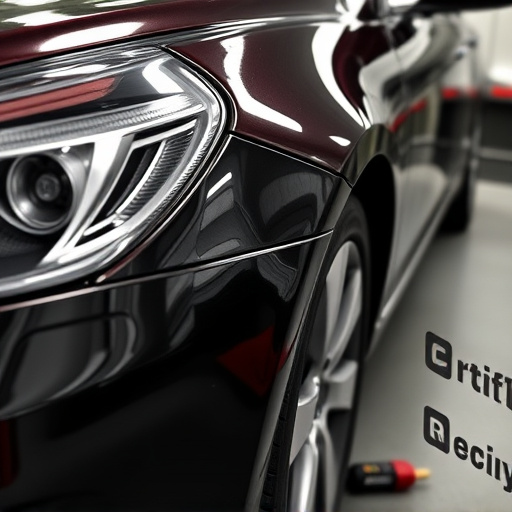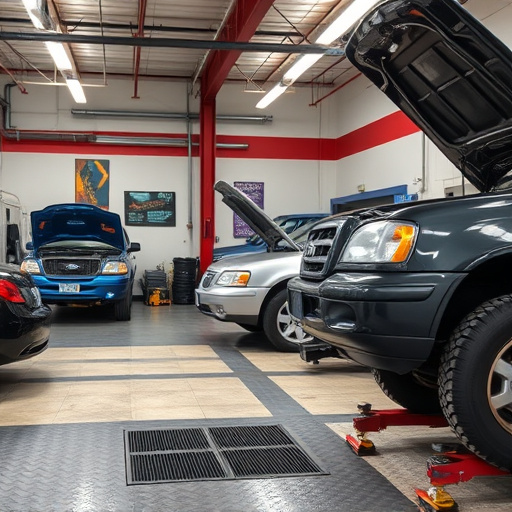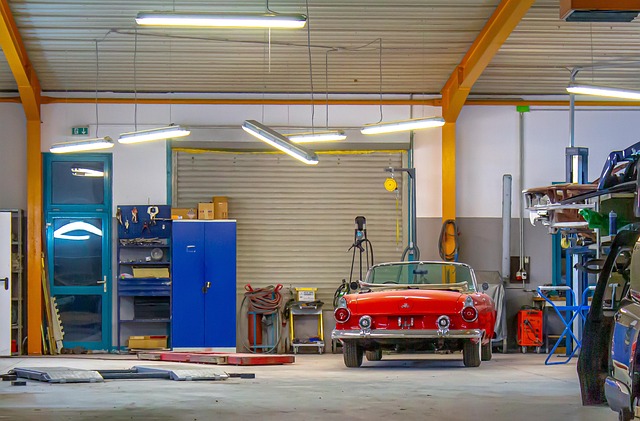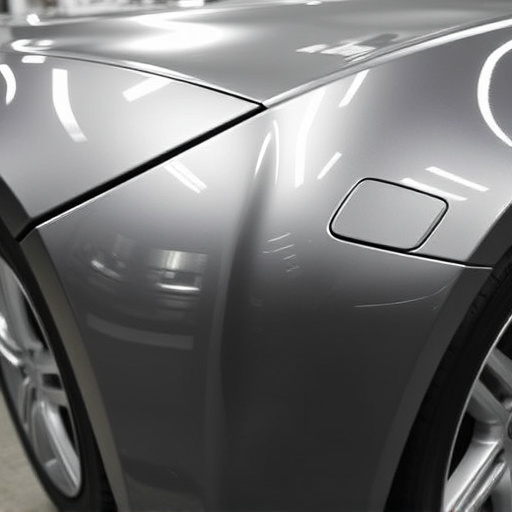Tesla major structural repair demands thorough assessment by skilled technicians using advanced tools to identify visible and hidden damage. Tailored materials and techniques ensure seamless integration and reliable performance. Restoring energy transfer paths is vital for safety, aesthetics, and optimal vehicle function after collisions or significant damage.
Tesla vehicles are renowned for their cutting-edge technology and innovative design, but even these advanced machines aren’t immune to significant structural damage. When a Tesla undergoes major structural repairs, reconstituting energy transfer paths becomes a crucial step in ensuring optimal performance and safety. This article delves into the challenges of maintaining Tesla’s structural integrity, offers a comprehensive guide for assessing major repairs, and highlights the significance of restoring energy transfer paths, providing essential insights for both owners and professionals alike.
- Understanding Tesla's Structural Integrity Challenges
- Comprehensive Assessment for Major Repairs
- Reconstituting Energy Transfer Paths: A Crucial Step
Understanding Tesla's Structural Integrity Challenges
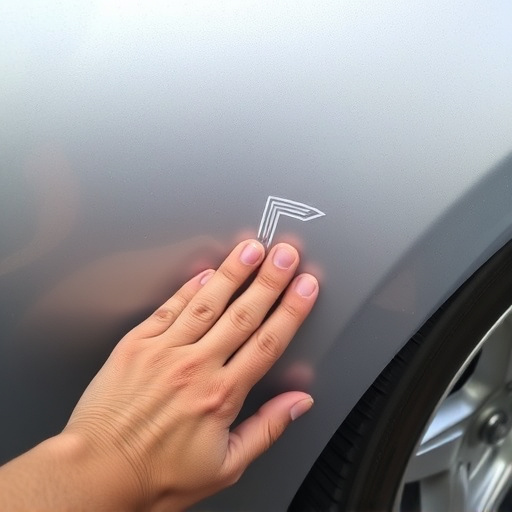
Tesla vehicles are renowned for their cutting-edge technology and sleek design, but like any other automotive, they face structural integrity challenges over time. Major structural repairs are often required to ensure the safety and longevity of these electric cars. One significant issue that Tesla owners may encounter is damage to the body panels, such as fender repair or auto glass replacement, due to accidents or harsh driving conditions. These repairs are crucial for maintaining the vehicle’s overall structural integrity and aerodynamics.
Additionally, energy transfer paths in a Tesla, which include the intricate system of tires, suspension, and chassis, can also deteriorate over time. Regular tire services and maintenance become essential to preserve this critical component. By addressing these structural repair needs promptly, Tesla owners can ensure their vehicles remain safe, reliable, and efficient, delivering the superior driving experience that the brand promises.
Comprehensive Assessment for Major Repairs
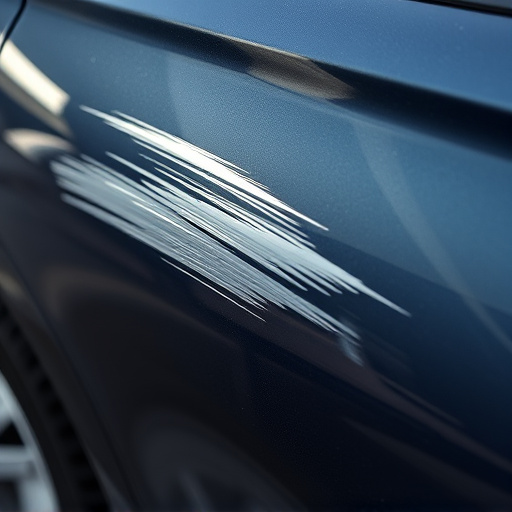
When a Tesla requires major structural repair, the process begins with a thorough and comprehensive assessment. This critical step involves meticulous inspection of the vehicle’s frame, panels, and various components to accurately identify damage and determine the extent of restoration needed. Skilled technicians employ advanced diagnostic tools and methods to assess not just visible damage but also potential hidden issues that could compromise safety and structural integrity.
The assessment is crucial in devising an effective repair strategy. It ensures that every aspect of the Tesla’s structure is addressed, from correcting misaligned panels to replacing or reinforcing damaged parts. Moreover, it facilitates the selection of suitable materials and techniques for restoration, aligning with Tesla’s standards and ensuring a seamless integration of repairs into the vehicle’s original design and energy transfer systems. This meticulous approach sets the foundation for reliable and lasting performance, making it akin to top-tier auto body shops specializing in collision repair services.
Reconstituting Energy Transfer Paths: A Crucial Step
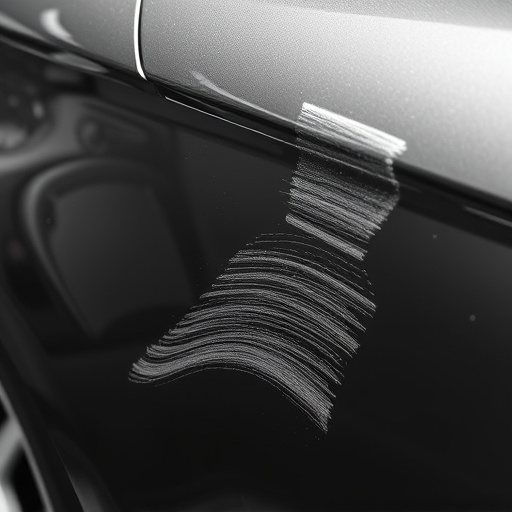
Reconstituting energy transfer paths is a crucial step in Tesla major structural repair. When a vehicle undergoes a collision or suffers significant damage, the intricate network of components that facilitates energy flow within the vehicle’s structure can be severely disrupted. This disruption not only affects the aesthetic appeal of the vehicle bodywork but also poses safety risks if the structural integrity has been compromised.
During the repair process, technicians must meticulously assess and address these energy transfer paths to ensure the restored vehicle functions optimally. By carefully rebuilding and realigning components, they can effectively reinstate the seamless flow of energy that is essential for both the performance and safety of the vehicle. This meticulous attention to detail, particularly in vehicle collision repair and bodywork restoration, ultimately contributes to a more robust and reliable Tesla.
Tesla vehicles, known for their cutting-edge technology and innovative design, can face significant structural challenges over time. By understanding these issues through comprehensive assessments, owners can ensure proper repairs. Reconstituting energy transfer paths is a critical component of this process, ensuring the vehicle’s performance and safety are maintained at optimal levels. Through these steps, Tesla owners can effectively address major structural repairs, keeping their vehicles reliable and efficient on the road.



